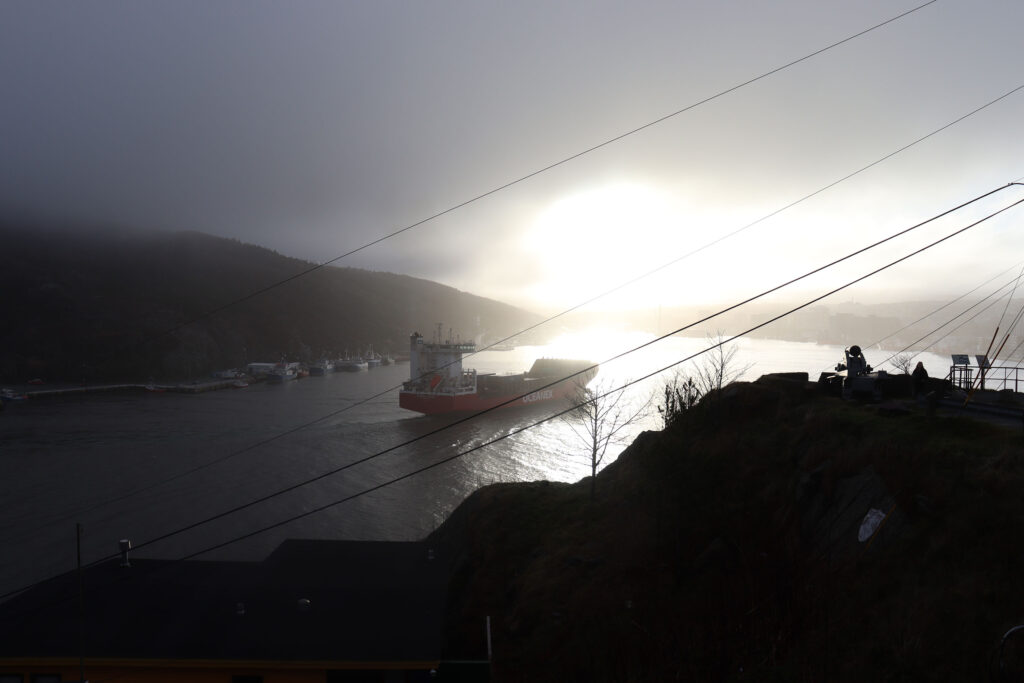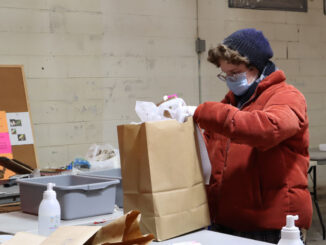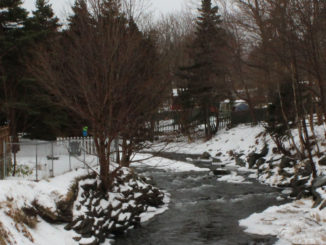Strategy eyes zero-emissions future with energy-efficient buildings, electric transport

The Resilient St. John’s Climate Plan, the city’s 30-year strategy to reduce emissions and increase energy efficiency, concluded a two-week community engagement process on Dec. 3.
In the goal of limiting the global average annual temperature increase to 1.5°C, the plan aims to reduce the city’s emissions by half in the next eight year, and achieve net-zero status by 2050.
Developed by a committee including environmental experts, transit authorities and other stakeholders, the Climate Plan claims a greener future will net an economic benefit of $5.4 billion, spur 1,800 new jobs, and cut household energy costs by 50 per cent.
Justin Dearing, a sustainability and climate action officer with Memorial University, participated in meetings with Edmundo Fausto—one of the leads on the city’s climate plan.
“When I saw the work that the city has done, I was really impressed with the level of detail,” he said. “You can tell it isn’t something that’s just being thrown together.”
Dearing said the university is in the initial stages of its emissions reductions plan, and will take inspiration from the city has done on its own plan.
“I’m almost envious,” he said. “I’m so impressed at what they’ve been able to accumulate. I’m just really excited to get to this level ourselves.”
No such thing as ‘net zero’?
Newfoundland and Labrador Historic Trust president Tyler Stapleton saw at least one hole in the city’s plan: namely, the stipulation that all new buildings be net zero by 2030.
The built heritage advocate says “net zero” refers to both the carbon used in the operation of the building (“operational energy,”) as well as that used to build it (“embodied carbon”).
Only the former of the two is mentioned in the city’s climate plan, Stapleton said.
“It’s only talking about the energy when the building is in use,” he said. “It doesn’t include the energy it takes to do site work, to do any demolition, to do construction, to bring in these materials,” he said. “So that kind of screams at me.”
“What the point of diverting streams, clearing forests, digging up bogs and doing massive site work…when the end product is a bunch of super green, net-zero houses?”
Because any energy conserved in a net-zero building is offset by the time it’s built, Stapleton said there is really “no such thing” as ‘net zero.’
He proposes the city consider re-using its existing structures, whose construction emissions are already accounted for.
“We should be prioritizing and adaptively using our existing built environment,” he said.




Be the first to comment